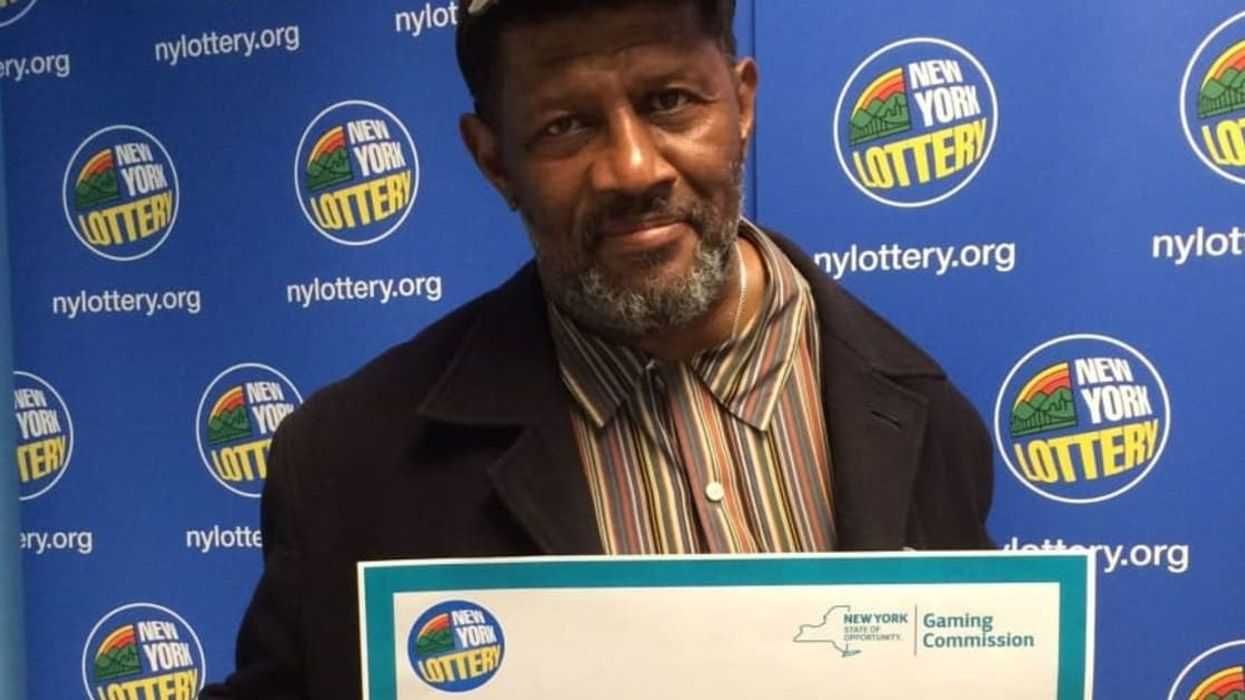We're working with Slava Menn and Brad Geswein, the founders of Gotham Bicycle Defense Industries, to create a new piece of urban biking gear—a theft-resistant rear bike light. Unlike most products, this one is being developed from beginning to end by the people who will use it. Our network of urban cyclists are helping us decide everything from design to name. We're calling this experiment Product of the People.
In our last post, we asked you to vote on the design for our new, theft-resistant rear bike light and the "The Afterburner" (pictured above) was the clear winner. My cofounder, Brad Geswein, and I are pumped to start making this, but that means playtime is over. It's time to bring this design concept to life.
In the previous stage we had 2D concepts sketched on paper. In this next stage we're building a virtual 3D prototype. That means we'll have to start making real decisions about how the light is built and how it works.
As engineers and product designers, there are a number of challenges and tradeoffs we are facing. Here's an inside look into our development process and the tough questions we're asking ourselves.
CHALLENGES
180 Degree Illumination: We need to make the bike light out of aluminum because it's strong and lightweight. But we also need the light to shine both backwards and from the sides, so cars can see it from many angles. How do we make a plastic periphery window that allows for a wide angle of illumination without sacrificing strength?
Battery Replacement: Since the bike light locks onto your seatpost, how can we make it easy for the bike owner to replace the batteries without making it easy for a thief to steal the batteries?
Seatpost Attachment: Do we make the bike light as one piece and have the seatpost "skewer" through the bike light? Or do we make it two pieces that close around the bike light?
TRADEOFFS
Obstruction: A wide bike light attached to the seat post will hit the rider's legs. How do we stick with the Afterburner aesthetic without getting in the way?
Sizes: Seat posts vary from 22mm up to 35mm. We can try to make one size to fit all, but the attachment will not be as solid and tight if we use a tighter range (25-32mm). Or we can eliminate some sizes and have a tighter attachment mechanism. What's more important, versatility or tight design?
Illumination: What's more important, rear illumination or periphery illumination? How much light do we send backwards versus sideways?
Power: Brighter lights use more power and drain the batteries faster. Bigger batteries mean bulkier bike lights. Should we optimize for brightness or battery life?
Developing a product means understanding tradeoffs and making tough decisions about what's most important. Next week, we'll show you the 3D models. In the meantime, we'd love your input. How should we address these challenges? And how should we weigh these tradeoffs?
















 Otis knew before they did.
Otis knew before they did.